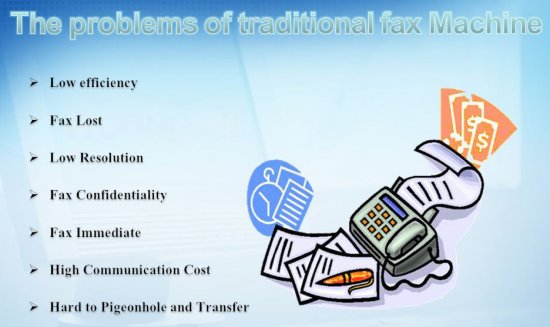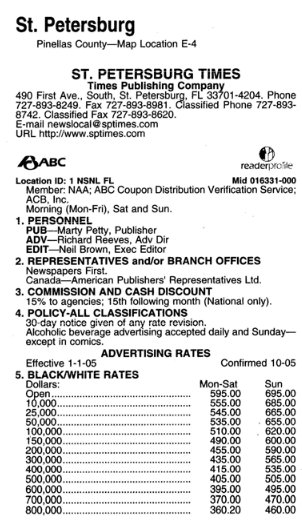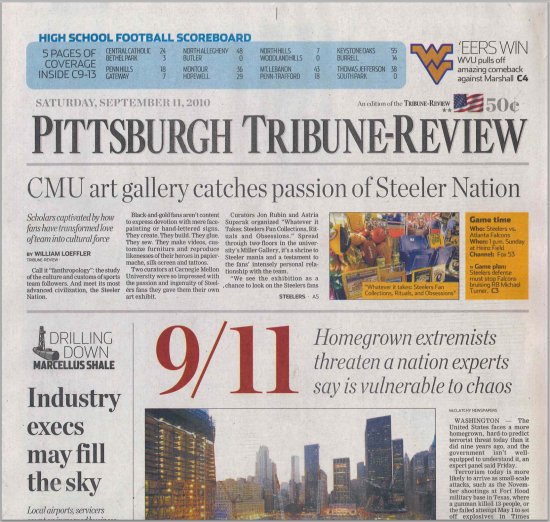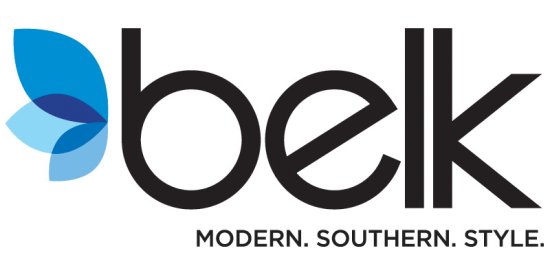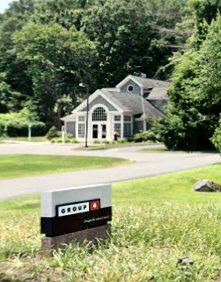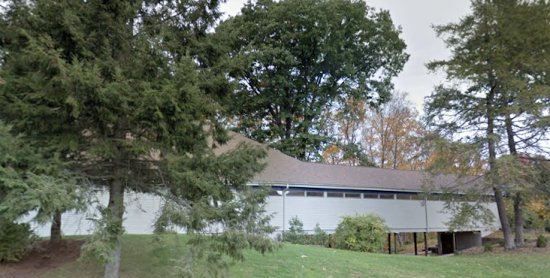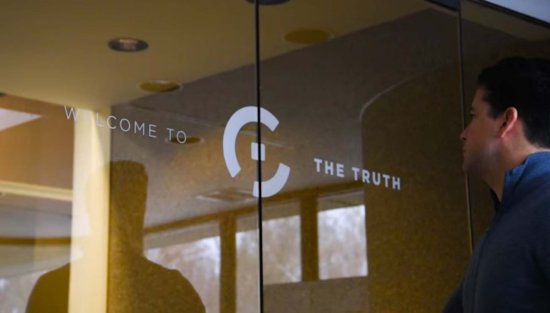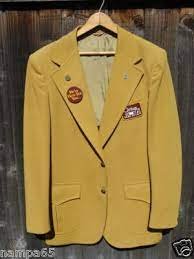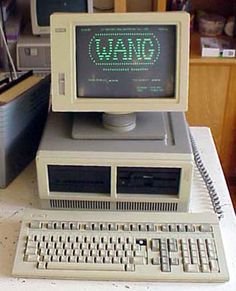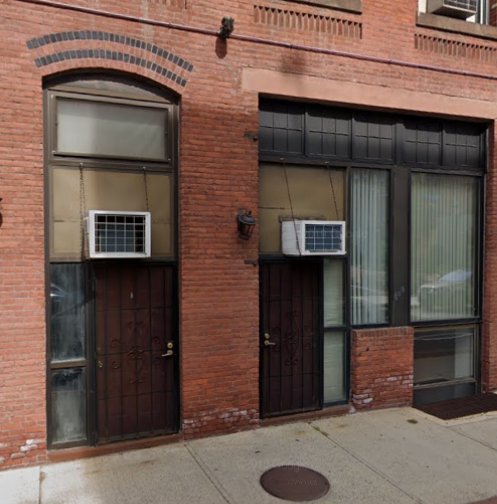Designing our flag and running it up the pole to see if anyone salutes. Continue reading
By the spring of 2000 Denise Bessette and I had pretty well outlined the steps required to implement TSI’s new Internet product and agreed on the name AxN (pronounced “A cross N”). It was a clearinghouse for insertion orders (reservations for advertising space) sent from advertisers (A) to newspapers (N). It also managed communications from both sides and allowed the newspapers to confirm the orders online. The process that Denise and I employed, including the division of labor, was described here. Details of the system design are posted here.
I should note that neither Denise nor I have a background in marketing. Most of our discussions about this project took place during the period shortly after Doug Pease, or marketing person left TSI. We had not yet replaced him.
The first non-technical question that we faced was how to fund the project. We never really thought about setting aside a pot of money, borrowing from a financial institution, or seeking investors. Instead, all of the coding made use of tools that we already had or were available at minimal cost. We knew that the company would eventually need to spend some money on marketing, but we had no idea how to budget for it in advance.
A critically important aspect was deciding how we would bill for the service. The insertion orders always originated with AdDept programs on the AS/400s used by TSI’s clients. However, for various reasons no more than twenty of them regularly produced insertion orders inside AdDept. We were already charging those companies a monthly fee for TSI’s support of the AS/400’s faxing software. How much more could we charge them? Most of them knew the limitations of faxing, but removing them was not a high priorities for any of them.
On the other hand, the companies that used AdDept ran ads in hundreds of newspapers, and for most of those papers the department stores were by far the biggest purchasers of advertising. It was not unheard of tor some of these companies to spend hundreds of thousands of dollars per month for ads in a single newspaper. In order to assess the situation better I scheduled appointments with executives at the two major papers that were within easy driving distance, the Hartford Courant and the Springfield Union News & Sunday Republican1.
I explained our proposed approach to an executive at each publication.The lady at the Courant was not very enthusiastic about the idea, but she did say that the paper would consider whatever the customers wanted. She emphasized that the newspapers were already paying third-party services in order to receive the ads electronically.
The guy at the Republican was more engaging. He showed me the process of how his employees laid out an issue of the paper. They did not start by placing the stories in a way that would make the paper more attractive at the newsstand. They began by figuring out where the ads from Filene’s2, the May Company’s department store chain that dominated New England, would run. He said that sometimes they did not receive the ads until minutes before press time—or even later. However, they always held the space for every ad that Filene’s had scheduled.
So, both Denise and I concluded that TSI should bill the newspapers for the service and to offer it to the advertisers as an alternative to faxing at the same price, thereby bringing their net costs to zero. The big questions were how much to bill the newspapers and how to frame it. It did not seem right to bill the large newspapers the same amount as the smaller ones. The pricing had to seem both moderate and equitable.
Denise came up with the idea of five or so tiered billing amounts, where the tiers were determined not by a paper’s circulation but by its published column-inch rate. These rates were available in a publication called Standard Rates and Data to which most advertising agencies in those days subscribed. I had seen the huge books lying around at our agency customers. I asked employees at Keiler Advertising if I could have an obsolete copy. They gladly located a fairly recent one and gave it to me. I discovered that the rates3 for newspaper advertising varied wildly. As I remember it, we decided to set the floor value for the top tier of AxN rates at $150. So, any paper that with a standard rate of $150 or more per column inch would be charged $150 per month. Other papers would be charged proportionately less
This proved to be a rather easy concept to explain to the newspaper. Because the advertiser and the newspaper both benefited, the costs would be split between them. The newspaper rates were proportional to the publicly recognized value of the ads in their paper. Our fee was roughly equal to the price of one column inch of advertising space. The size of a full-page ad in a broadsheet newspaper was over 120 column inches. TSI’s fee would be a pittance to newspapers, most of which were still thriving financially in the early twenty-first century. If we could present the system as reducing the number of misunderstandings, the cost for the newspaper could easily be justified if even one free make-good were eliminated every few years.
In 2001 I made two trips to locations of AdDept clients to assess the feasibility of AxN for both the advertisers and the newspapers. The first trip was in January of 2001 to Houston, a city with two large AdDept installations, Stage Stores4 and Foley’s5. I gave fairly detailed demonstrations to the buyers of newspaper space at both locations. I showed the system to Stage Stores first. Here are some of my notes from that trip.
The AxN presentation went pretty well. Becky (Newman), the production manager, made a point to tell me that she was very interested in it. They also gave me a lot of suggestions as to what they needed, especially in the inserts area.
After the demo Becky showed me the AdDirect6 website. It is in many ways similar to ours. They list all of their clients. The only retailers are M&F8, L&T9 (who doesn’t use them), Stage, and Office Depot. The coolest thing about the site is that you can determine which fields are displayed as columns (but not the order of the columns). You can also specify up to three sorting fields. Finally, you can specify a filter to limit the list. Stage would like all of these. They would be less useful to others.
Stage pays AdDirect $10,000 per month. They plan to negotiate the charge down.
… Fort Worth(less) Star Telegram invoice for $500K. Foley’s never indicated that they thought that the papers would be reluctant to pay a little for the IO service. They seemed to think that they would do whatever they told them to do.
Foley’s was under the mistaken impression that all of the other divisions were using AdDirect.
The second trip was to Pittsburgh. I demonstrated the system to the advertising department of Kaufmann’s9, the May Company’s division that was based there. I was able to show the newspaper buyers on their own PCs that very little would be different when they began to use the AxN code that had been added to the AdDept system with which they were familiar. It was really just a matter of flipping a switch for each paper. The system did the rest.
I then signed on to TSI’s AS/400 from one of their PC’s and showed them what orders would look like from their perspective. I showed them in the AxN Handbook for Newspaper Users (posted here) what the orders looked like when the rep signed on with the newspaper’s credentials. They were very impressed.
After explaining how we planned to bill the newspapers, I asked Mary Ann Brown how difficult she thought that it would be to get the newspapers to cooperate. She said, “They’ll do whatever we tell them to do.”
I had appointments the next day with Pittsburgh’s two newspapers, the Post-Gazette and the Tribune Review. At the Trib I met with an IT guy. He found what we were doing very interesting. He verified that all the reps had access to the Internet, and he was quite pleased that our approach did not require him to purchase equipment or reconfigure what he had. The lady who was Kaufmann’s rep at the Post was more stand-offish, but she verified Mary Ann Brown’s assessment of their willingness to cooperate.
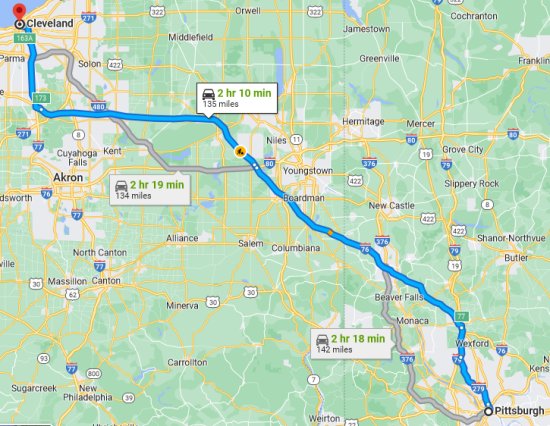
My third appointment was at the Cleveland Plain Dealer. I rented a car and drove to Cleveland for an afternoon meeting with Kaufmann’s rep. I soon discovered that we had a common acquaintance. He had just returned from a trip to Albany. He had met there with Fran Lipari, the owner of Communication & Design10, the agency that handled the Key Bank account. The rep was polite, but he was not a bit enthusiastic about the prospect of paying TSI for handling insertion orders.
I rated my success level at the three newspapers as a win, a loss, and a tie. That was not a great result, but we were still in the ball game. We were just at the stage in which we were ready to roll the product out to the first advertiser when something remarkable happened.
In 2001 TSI received a telephone call from someone at Belk11, a department store chain that was (and still is) based in Charlotte, NC. In the next few months I made many trips to Charlotte to discuss with them the use of the AdDept system. Since Belk already owned several AS/400s, the time between their approval of the AdDept contract with the accompanying design document for proposed enhancements and the beginning of the installation period was much shorter than usual. I remember that at one of those early meetings I was explaining how the AS/400 could automatically fax the insertion orders to the newspapers. Someone asked if it was possible to use the Internet to send the orders.
I swear that I did not plant this question, but if I had thought of it ahead of time, I probably would have. I informed them that TSI had indeed developed just such a product, and we were about to roll it out to our existing customers. After I explained how it worked, Belk eagerly agreed to act as TSI’s guinea pig (sorry; I meant to type “Beta Site”) for AxN. This was such an ideal situation that I could scarcely believe it.
How TSI persuaded nearly all of the users of AdDept and hundreds of newspapers to sign up for AxN is explained in Part 2, which is posted here.
1. The name of the paper was changed to Springfield Republican in 2001.
2. Filene’s used AdDept for accounting functions, but only because the May Company insisted. I was never able to persuade the newspaper manager to abandon the elaborate set of spreadsheets that he had developed even though it did not produce insertion orders. The painful story of my attempts to get them to use more of the system have been chronicled here.
3. Most department stores negotiated much lower rates than the published ones. They often had complicated agreements about volume discounts.
4. The “standard rate” was the “open” rate for a black & white ROP ad in a daily edition. It did not include any discounts or premiums. I located a web page that actually included a page in one of the 2005 editions of Standard Rates and Data. It showed the complete rate card for the St. Petersburg Times, which happened to subscribe to AxN. It is on p.3 of the pdf posted here. SRDS, the company that published the physical book, now allows subscribing advertisers and agencies to view the rates on the Internet.
5. TSI’s long relationship with Stage Stores is recounted here. I do not have vivid memories of Becky Newman. Her LinkedIn page is here.
6. Foley’s was one of the earliest users of AdDept. The details have been posted here.
7. I have only a vague recollection of AdDirect. Apparently it was a way of entering ads for insertion orders online one at a time. The orders could be sent to the newspapers. This might be a reasonable approach for an ad agency, but retailers ran the same ad in many markets. Entering these one at a time would be unduly burdensome. If the $10,000 figure is correct, then the AdDept-AxN combination saved Stage a heck of a lot of money over the years.
8. M&F is Meier & Frank, the smallest department store division of the May Company. It was based in Portland, OR. Details of the AdDept installation at M&F have been posted here.
9. L&T refers to Lord & Taylor, the May Company division based in New York. The relationship between L&T and TSI is described here.
10. Much more has been posted about the AdDept installation at Kaufmann’s here.
11. Communication & Design (always “&”, never “and”) was one of the first ad agencies to purchase the GrandAd system. My adventures in installing and supporting that system are described here.
12. The details of TSI’s long and productive relationship with Belk are posted here.


